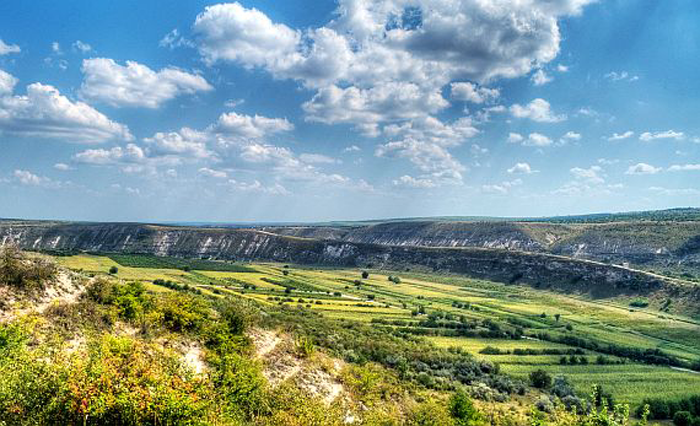
モルドバは黒海に近い地理的位置にあるため、気候は穏やかで晴れていますが、降水量は乾燥した時期から激しいにわか雨や雷雨まで大きく異なります。
この気候特性は、洪水、干ばつ、霜、暴風など、さまざまな水文気象学的災害を引き起こします。過去には、これらの気象条件が、過去数世紀で最も深刻だった 2007 年の深刻な干ばつや、その 1 年後に続いた洪水などの災害を引き起こしました。予報、予防措置、災害救助活動を改善する目的で、モルドバ政府は、世界銀行の資金援助を受けたプロジェクトである全国的な気象観測所ネットワークを大幅に拡張することを決定しました。厳格な入札プロセスを経て、モルドバ国立水文気象サービス (SHS) は、このネットワークの構築を ADASA Sistemas, SA に委託しました。同社の優勝した提案は、Campbell Scientific のデータロガー、センサー、周辺機器、ソフトウェアに基づいており、同社が現地に存在したことで、スムーズな導入が可能になりました。
気象観測所は戦略的な場所に設置され、気温、風速と風向、土壌温度と放射、大気圧、相対湿度、降水量、降水期間、降水強度など、さまざまなパラメータを測定します。ネットワークには、14 の自動気象観測所 (AWS) と 35 の小型自動ミニ気象観測所の 2 種類の気象観測所が含まれます。すべての気象観測所は、ハブとして機能し、取得した読み取り値の収集、処理、保存、および送信に使用される Campbell Scientific CR1000 データロガーに基づいています。入札では、すべてのセンサーが交換可能であり、ネットワーク内でさまざまなメーカーのセンサーが適用されることが規定されていたため、Campbell Scientific データロガーが市販されているほぼすべてのセンサーを読み取ることができることが重要でした。
14 台の AWS には、5 分ごとに画像を撮影するカメラも装備されています。これらの画像は SHS の Web サイトで閲覧でき、危機的状況で重要な、現在の気象状況の簡単な評価に役立ちます。画像はデータロガーによって自動的に収集および処理されます。14 台の AWS は主に 220 V 電力網から電力を供給され、停電に備えてバックアップ バッテリー付きのソーラー パネルが取り付けられています。ただし、ミニ気象ステーションは、バックアップ バッテリーが接続されたソーラー パネルから自律的に電力を供給されます。Campbell Scientific の機器はエネルギー効率に優れているため、霧が数日続く場合でも、継続的な運用が可能です。
各ステーションには、CompactFlash メモリ カードと Campbell Scientific NL116 イーサネット インターフェイスおよび Compact Flash モジュールが装備されています。この組み合わせにより、オンサイトでのデータ保存と中央サーバーへの転送によって最高のデータ保持が保証されます。これらのデバイスは (CR1000 とともに) 非常に例外的な気象条件にも耐えられるように、拡張温度範囲で使用できるように設計されています。SHS 本部の中央サーバーへの RS-485 経由のデータ転送は、LoggerNet および PC400 によってサポートされています。両方のソフトウェア パッケージは Campbell Scientific によって開発され、特にデータロガーと PC 間の通信とデータ取得をサポートしています。SHS は、観測データおよび機器の状態の処理と視覚化のための独自のソフトウェアを提供しています。Campbell Scientific は、これらのソリューション間の簡単なインターフェイスを実現しました。
この自動化された気象観測所ネットワークは、モルドバ共和国の災害リスク軽減プログラムの一部です。取得されたデータは、水文気象災害の影響を軽減し、農業部門を強化することで、予報の質を大幅に向上させます。このプログラムを通じて、モルドバの農家は、収穫時の農作物の損傷や損失を減らすことができ、その結果、より持続可能な食糧供給とより良い経済成長が実現します。